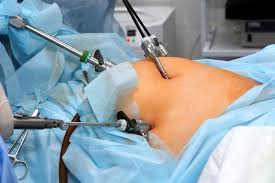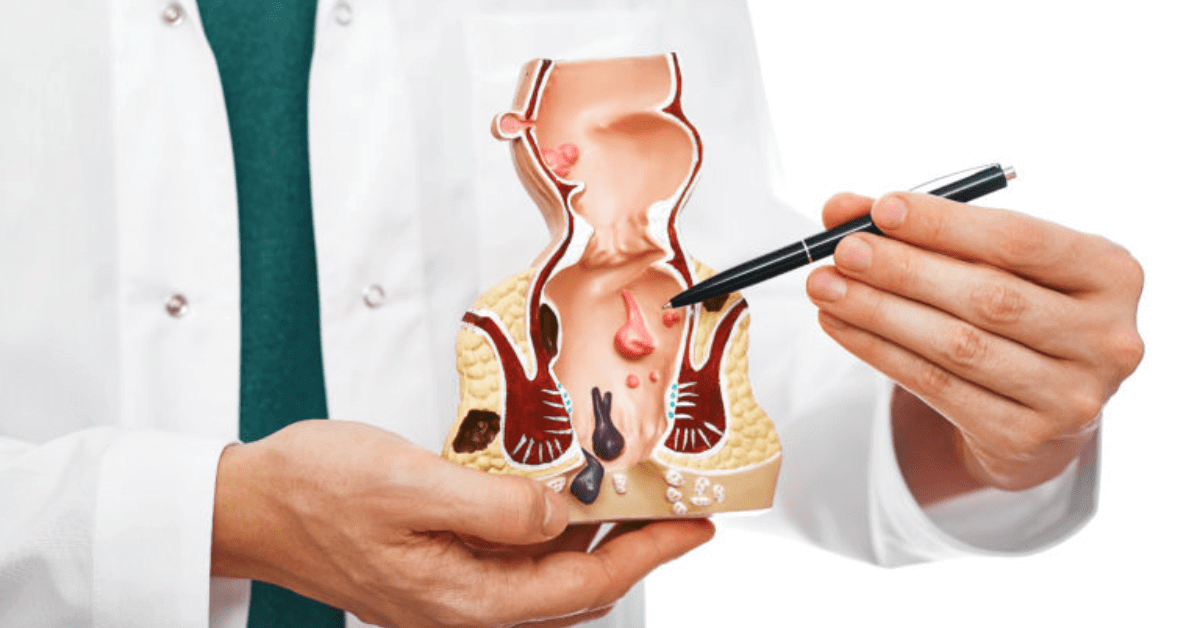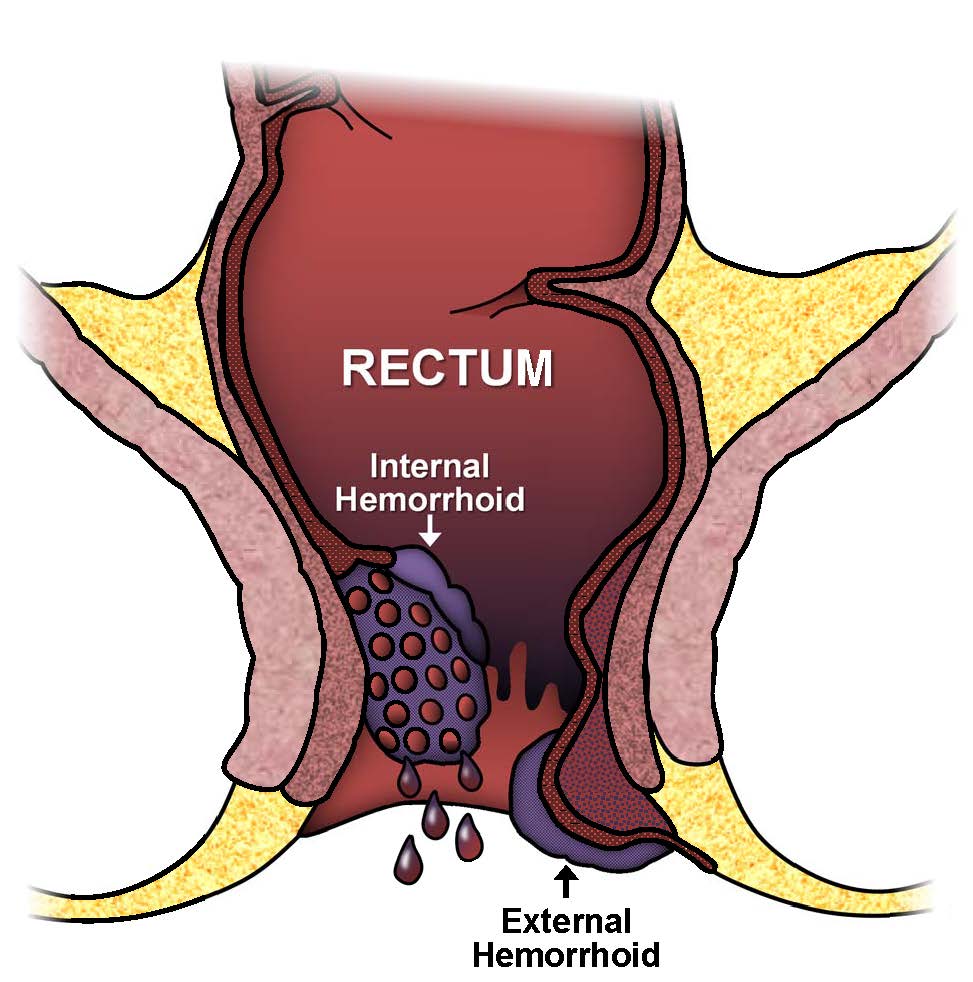Laparoscopic Hernia Surgery for Athletes: How It Affects Performance & Recovery

Athletes need peak physical condition for optimal performance, yet any injury or surgical procedure appears as a major obstacle to their athletic gains. Competitive athletes often experience hernias, with inguinal hernias being the most prevalent type of condition.
Medical choice between open surgery and laparoscopic hernia surgery significantly impacts patients' healing period and ability to resume physical activities and sports performance. This article investigates laparoscopic hernia surgery as an athlete-friendly procedure that promotes quicker recovery alongside reduced postoperative complications.
What Is Laparoscopic Hernia Surgery?
Surgeons utilize small camera-guided laparoscopic surgery for repairing hernias by accessing the body through incisions that measure 1-2 cm in length. A laparoscope enters one opening of the body during the procedure, but necessary surgical instruments require separate entry points. The procedure differs from standard open hernia repair because surgeons make smaller incisions through which they work.
The precise nature of laparoscopic surgery delivers both swifter postoperative recovery and reduced risks of infections as well as decreased postsurgical discomfort in contrast to standard open surgery. Athletes who use their bodies for success need rapid recovery times so they can return to sports without delay.
Potential Long-Term Benefits for Athletes
The selection of laparoscopic hernia surgery enables athletes to enjoy long-lasting advantages beyond their immediate postoperative recovery. A laparoscopic procedure establishes long-lasting performance-level maintenance for athletes through its ability to minimize recurrent injuries and ongoing discomfort.
Laparoscopic surgery reconstructs fewer body tissues, so patients achieve better healing outcomes with reduced risk of pain-inducing scar tissue development.
The quickened recovery time lets athletes resume their training routines earlier so they can avoid sacrificing essential preparation time for upcoming competitions.
The Influence of Laparoscopic Hernia Surgery in South Delhi on Athletes' Athletic Competency
1. Reduced Recovery Time
The major advantage of laparoscopic surgery for athletes consists of rapid rehabilitation because it shortens the recovery period in comparison to conventional surgical approaches. The recovery period after laparoscopic surgery generally requires athletes to resume light activities and sports practice during weeks 1-2 postoperatively. Athletes who undergo open surgery need to wait between 4 and 6 weeks until they can return to physical activity.
2. Less Postoperative Pain
Postoperative pain management plays a vital role for athletes who are undergoing recovery after surgical procedures. Athletes recover faster from laparoscopic surgery because it creates smaller incisions that disturb fewer body tissues compared to open hernia repair procedures. Athletes with reduced pain levels from this method start their postoperative exercises earlier to recover their leg strength and reach their normal range of motion.
3. Reduced Risk of Complications
Medical complications following surgical procedures tend to occur less frequently after laparoscopic procedures because the approach generates fewer postsurgical complications than traditional open surgery approaches. The return of athletes to their sports depends on surgical complication-free outcomes, which make laparoscopic surgery an ideal option for athletes. Laparoscopic hernia surgery attracts athletes because it presents reduced risks that enable safe and swift postoperative recovery.
4. Scar Healing and Aesthetic Outcome
The physical appearance of surgical scars represents an important factor athletes should evaluate before making their decision. Open surgical scars lead to significant cosmetic issues and psychological distress for athletes who must wear form-fitting sports apparel. Laparoscopic surgery produces tiny incisions that yield minimal scarring together with an improved aesthetic outcome. The cosmetic outcome and athlete confidence alongside post-activity discomfort become better because of small surgical scars.
The Recovery Process for Athletes
The speedier recovery from laparoscopic surgery requires athletes to implement proper rehabilitation protocols, which assist with strength and functional restoration. Laparoscopic hernia surgery recovery includes three main stages as follows:
1. Initial Rest and Pain Management (1-2 Weeks)
The surgeon will instruct athletes to rest during the initial period following surgery for several days. Early initiation of light walking exercises helps patients regain blood circulation while preventing blood clot formation. You can control pain by using non-prescribed medications while your body quickly recovers from surgery within 3-5 days.
2. Gradual Return to Activity (2-4 Weeks)
Aircrafted athletes start light activity whenever their preliminary recovery state ends. Athletes might be permitted in low-impact sports activities based on their health condition, specifically swimming and cycling. Athletes must exercise caution by abstaining from activities that lead to hernia strain because these actions would put the repaired hernia at risk.
3. Sport-Specific Rehabilitation (4-6 Weeks)
When the healing period reaches a suitable stage, most athletes move into sport-specific rehabilitation activities that mirror their competitive movements. During this phase, athletes will recover their affected area by regaining both strength and flexibility and coordination. A patient should progress through their workouts in stages and stay away from intense activities at first since it could lead to injuries.
4. Full Return to Sport (6-8 Weeks)
Most athletes regain full activity clearance after about 6-8 weeks following their injury, according to their athletic condition and sports specifications. Every athlete's situation is different because those who play contact sports or need explosive movement abilities require extra safety precautions.
Conclusion
Athletes who require hernia repair surgery can benefit significantly from laparoscopic hernia procedures. Athletes experience quick recovery and fewer complications through this procedure so they can return to training regulations more rapidly without performance interference.
Athletes who undergo laparoscopic hernia surgery benefit from its minimally invasive approach that maintains both their physical recovery and mental resilience throughout rehabilitation. A hernia patient who selects laparoscopic surgery achieves a faster and stronger return to action. Get in touch with Dr. Sandip is one of the best hernia surgeon in south delhi and get the best treatment.



